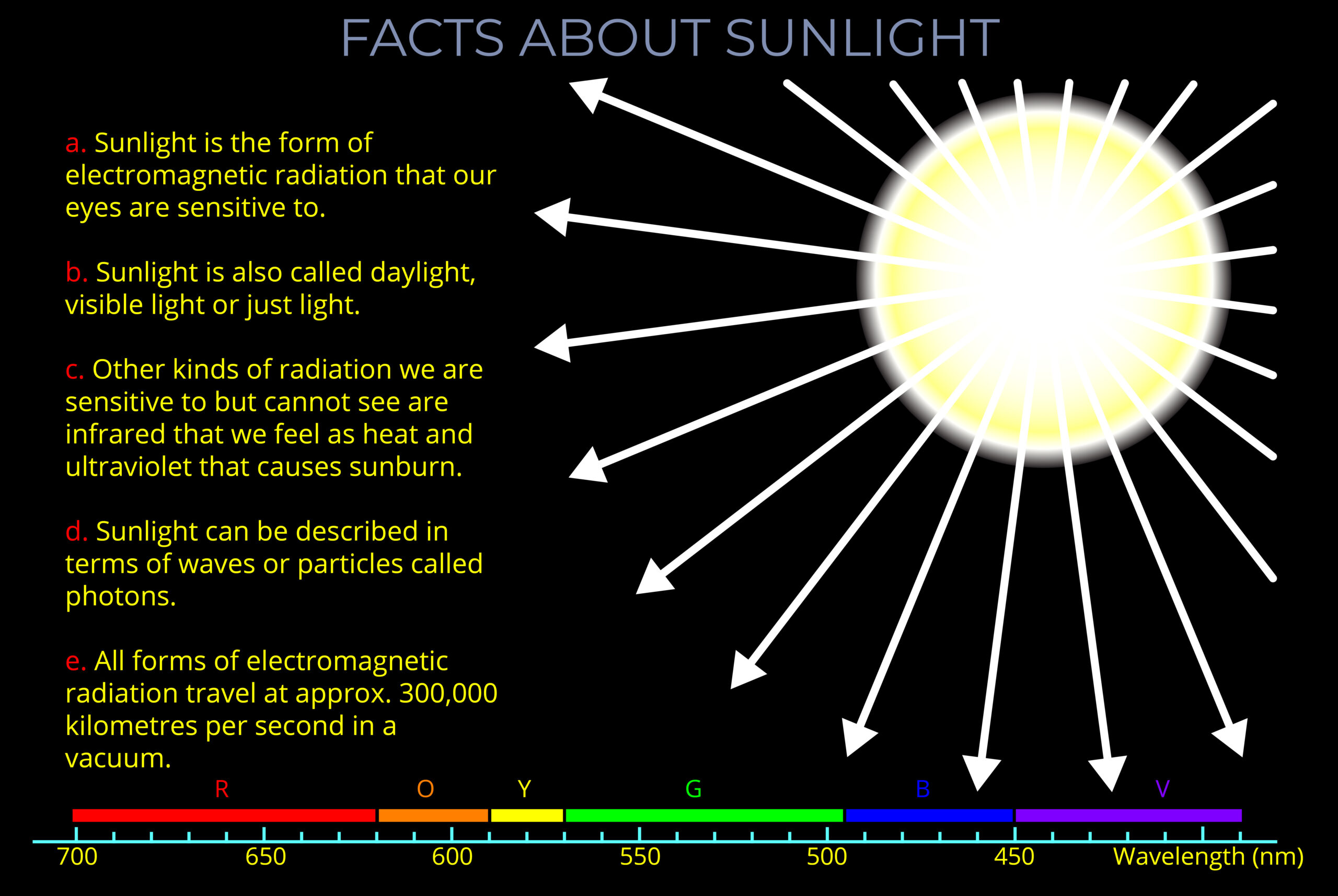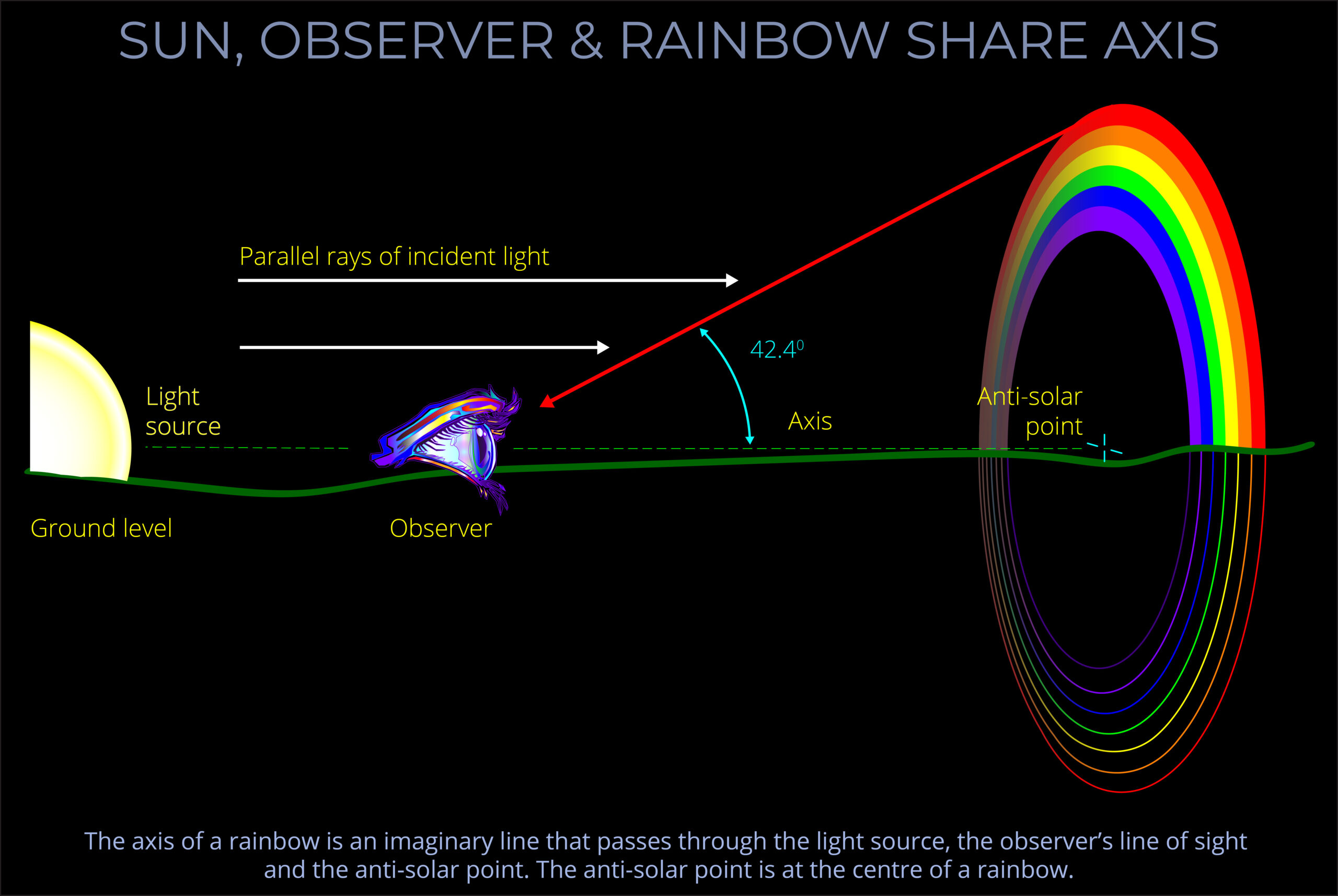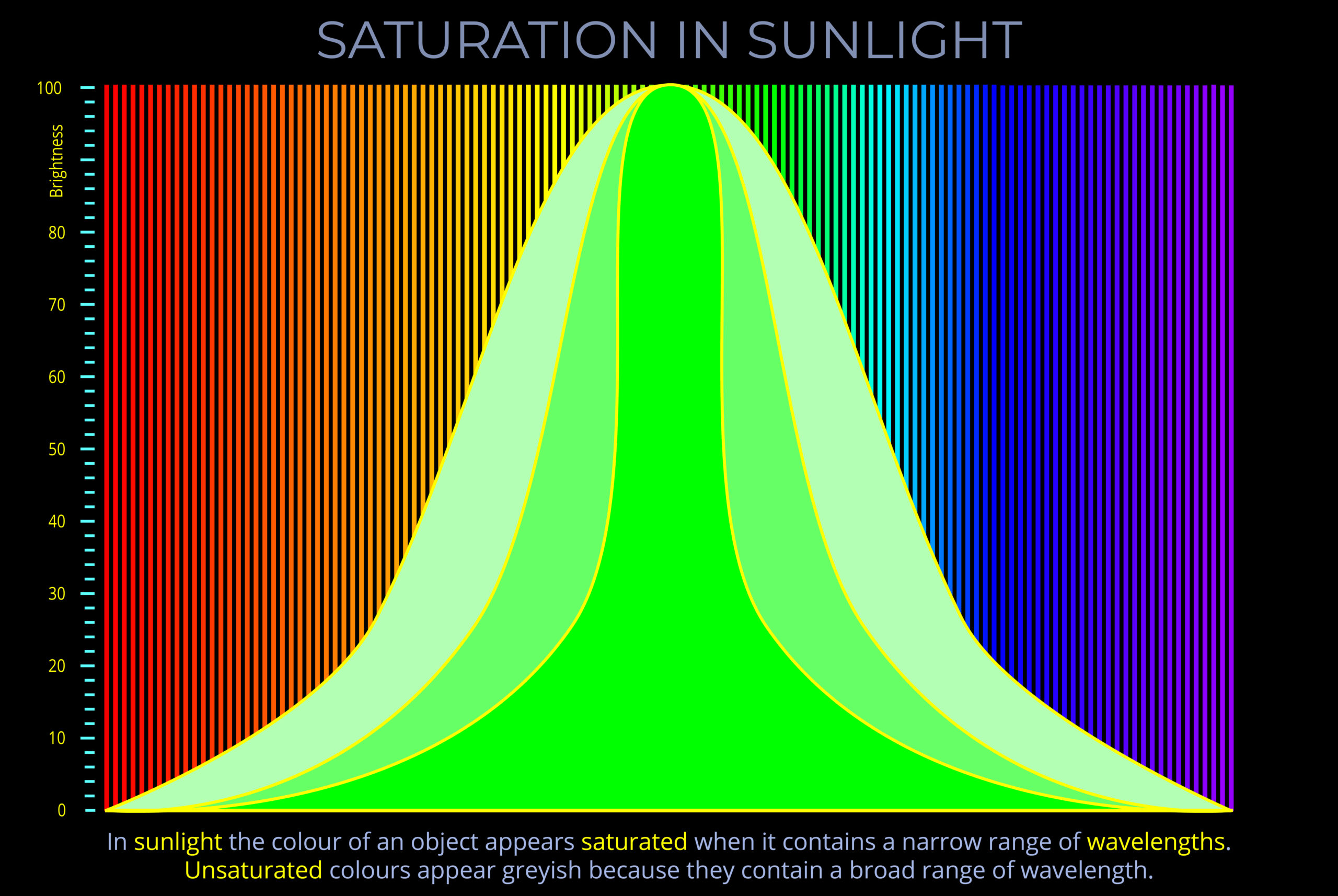Sunlight, also known as daylight or visible light, refers to the portion of electromagnetic radiation emitted by the Sun that is detectable by the human eye. It is one form of the broad range of electromagnetic radiation produced by the Sun. Our eyes are particularly sensitive to this specific range of wavelengths, enabling us to perceive the Sun and the world around us.
- Sunlight is only one form of electromagnetic radiation emitted by the Sun.
- Sunlight is a form of electromagnetic radiation that our eyes are sensitive to.
- We are sensitive to other types of electromagnetic radiation, such as infrared radiation that we feel as heat, and ultraviolet radiation which can cause sunburn but is invisible to us.
- The electromagnetic spectrum includes all possible wavelengths of electromagnetic radiation, ranging from low-energy radio waves through visible light up to high-energy gamma rays.
- Sunlight is a tiny portion of a much larger spectrum called the electromagnetic spectrum.
- This spectrum encompasses all possible wavelengths of electromagnetic radiation, ranging from low-energy radio waves to high-energy gamma rays. Visible light, the portion we perceive as sunlight, occupies a small band within this spectrum.
- The human eye is sensitive to this specific range of wavelengths, allowing us to distinguish colours from red to violet.
ABOUT SUNLIGHT & NUCLEAR FUSION
The Sun generates electromagnetic waves primarily through nuclear fusion. Here’s a step-by-step explanation:
Nuclear fusion
- At the Sun’s core, extremely high temperatures and pressure allow for the fusion of hydrogen nuclei (protons) into helium.
- This process is also known as thermonuclear fusion.
- During this reaction, a small portion of the mass of the hydrogen atoms is converted into energy according to Einstein’s mass-energy equivalence principle (E=mc^2).
Photon production
- The energy produced by nuclear fusion is initially in the form of high-energy gamma photons.
Photon’s journey to the surface
- Gamma photons then embark on a zig-zag journey to the surface of the Sun, being absorbed and re-emitted by atoms in the Sun’s interior and gradually losing energy in the process.
Surface emission
- Once photons reach the Sun’s surface (photosphere), they escape and radiate into space. While the majority of this energy is in the form of visible light, it also emits significant amounts of energy in the ultraviolet and infrared parts of the spectrum, as well as smaller amounts in the X-ray, gamma ray, and radio wave parts of the spectrum.
Solar radiation
- The emitted electromagnetic waves, known collectively as solar radiation or sunlight, then travel through space and can interact with objects they encounter, such as planets. For Earth, these interactions provide light and heat essential to life.
Magnetic field
- It’s also worth noting that the Sun’s magnetic field can contribute to the generation of some forms of electromagnetic radiation, like solar flares or coronal mass ejections, which can emit radio waves and X-rays.


